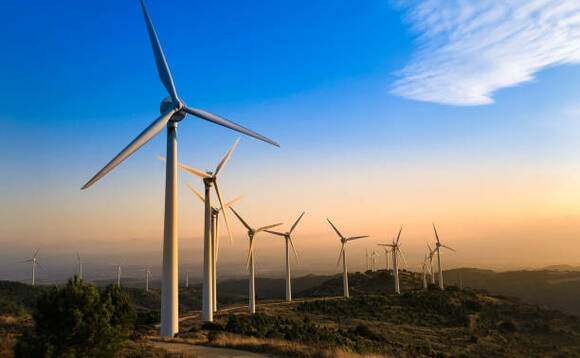Natural resources play a key role in the transition to a low-carbon economy, with links to all activities and industries. Their cyclical profile also benefits the mining and energy sectors in a context that promises to be inflationary in the long term, says Arnaud du Plessis, Natural Resources Specialist at CPR AM.
In a recent report, The Role of Critical Minerals in Clean Energy Transitions, the International Energy Agency, mentions that the global energy system is amid a transition to clean energy. This transition away from traditional energy sources toward greener alternatives will require the deployment of a wide range of green technologies, many of which will, in turn, rely on critical minerals such as copper, lithium, nickel, and cobalt, as well as rare earths.
This research offers powerful support to investing in the theme of natural resources, with the IEA estimating that achieving the objectives of the Paris Agreement requires a quadrupling of mineral requirements to account for the demand from clean technology manufacturers by 2050. Investing in the infrastructure and companies that centre around natural resources now will allow investors exposure to the windfalls as demand increases.
The current electrification of transport is the main structural driver behind the increased demand, with electric cars requiring on average six times more materials than a combustion engine car. To produce the batteries for these vehicles and ramp up production, manufacturers will require copious amounts of natural resources such as copper, which is essential for electrification. Despite this, the mining supply of copper is low, and few large deposits have recently been discovered, so the strategic metal should see its price remain at sustainably high levels and offer good opportunities for investors.
Alongside the structural growth drivers, there is currently an obvious macroeconomic context to the theme. Following the pandemic, a surge in commodity prices caused by the disruptions in supply chains and the strength of the economic recovery has led to inflation hitting its highest level in 40 years in the eurozone, with no immediate changes to this foreseen in the near future.
However, in an inflationary period, the cyclical and value sectors tend to outperform the defensive and growth sectors, with natural resource fundamentals currently remaining very strong, and energy and materials companies having healthy balance sheets and unprecedented cash generation. Moreover, despite the good stock market performance, the valuation of these sectors remains historically low.
Alongside the metals used in electrifying cars, gold also offers an opportunity to investors as it occupies a distinct niche within natural resources, offering a safe haven. One of the great virtues of gold is its decorrelation from global markets, and as the war in Ukraine continues, it can offer an axis of diversification when the markets go down.
Beyond the Ukrainian conflict, the consequences of which are difficult to anticipate, the structural persistence of high inflation, weighing on real interest rates, will continue to support gold prices. Although this asset does not generate a return, it is all the more interesting to hold when real interest rates are low.
The natural resources asset class is linked to critical, and often depleting, commodity-related resources. The theme should be amplified by the current market conditions, offering investors exposure to assets that will hedge against inflation and benefit from the high demand for resources that will facilitate the move towards clean energy.
By Arnaud du Plessis, Natural Resources Specialist at CPR AM.





